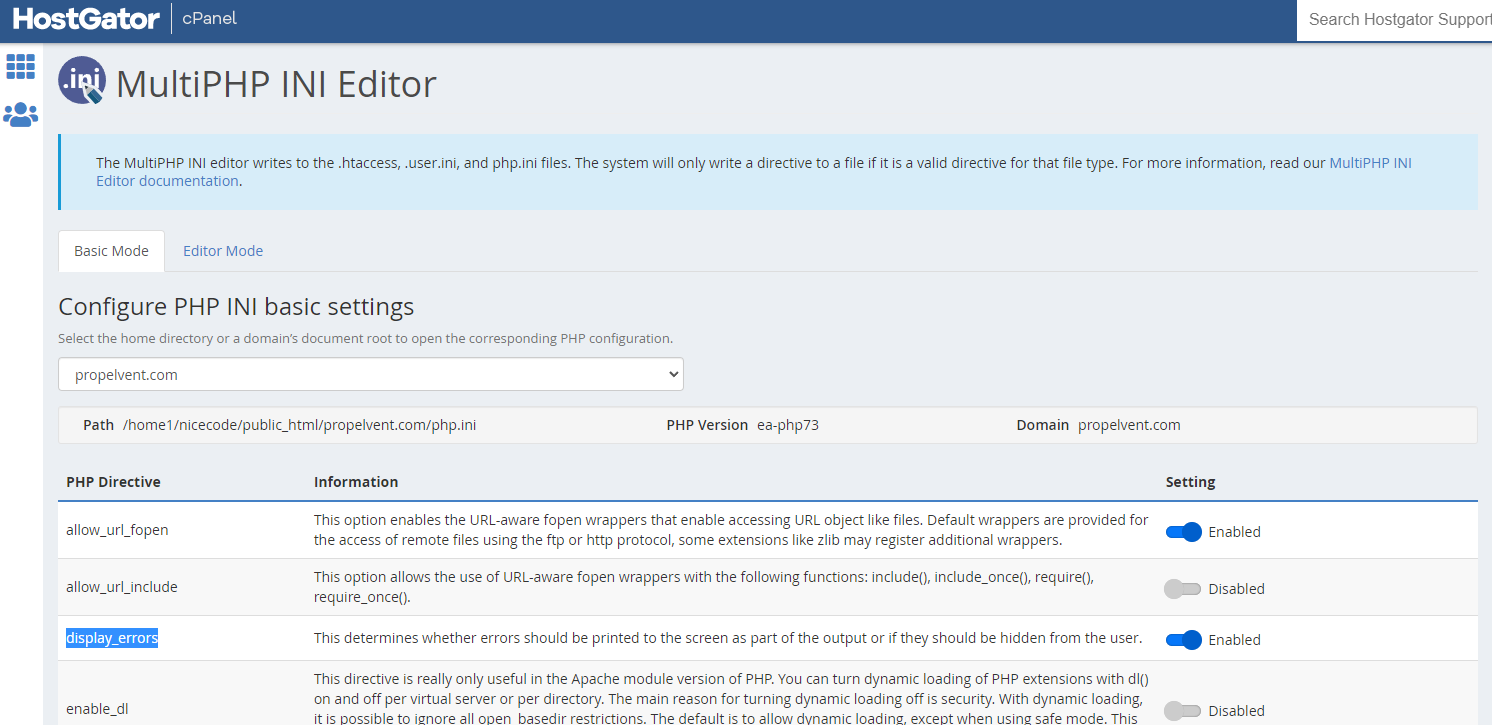DEV environment
This always works for me:
ini_set('display_errors', '1');
ini_set('display_startup_errors', '1');
error_reporting(E_ALL);
However, this doesn't make PHP to show parse errors occurred in the same file. Also, these settings can be overridden by PHP. In these cases the only way to show those errors is to modify your php.ini (or php-fpm.conf) with this line:
display_errors = on
(if you don't have access to php.ini, then putting this line in .htaccess might work too):
php_flag display_errors 1
PROD environment
Note that above recommendation is only suitable for the DEV environment. On a live site it must be
display_errors = off
log_errors = on
And then you'll be able to see all errors in the error log. See Where to find PHP error log
AJAX calls
In case of AJAX call, on a DEV server, open DevTools (F12), then Network tab.
Then initiate the request which result you want to see, and it will appear in the Network tab. Click on it and then the Response tab. There you will see the exact output.
While on a live server just check the error log all the same.


$_REQUESTparameter) these two lines will work most of the time. – Mclaren